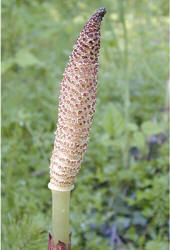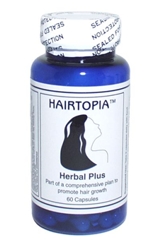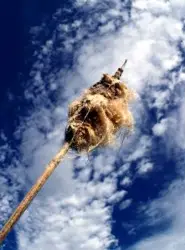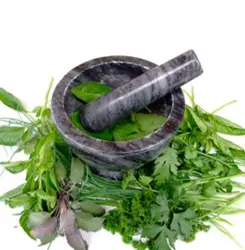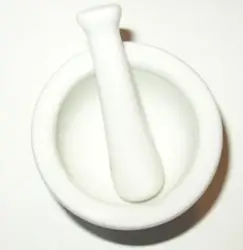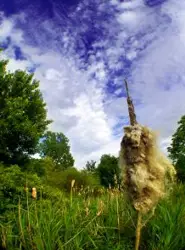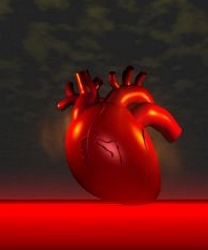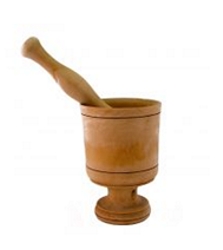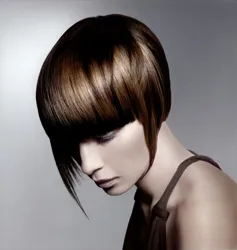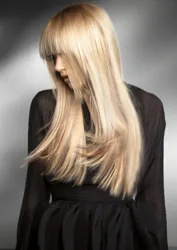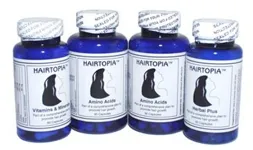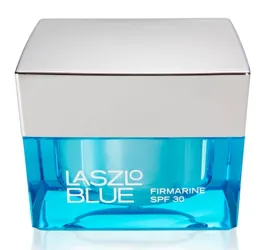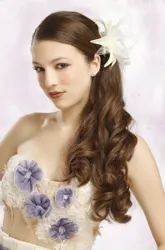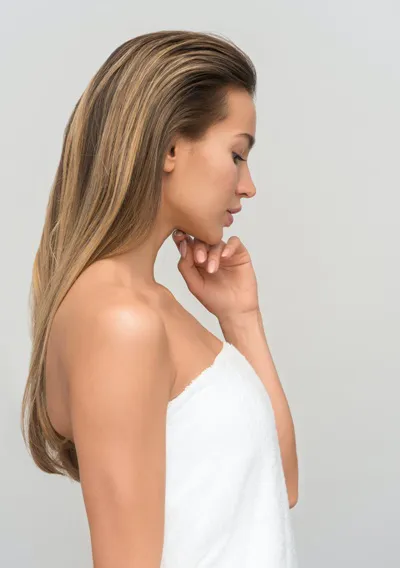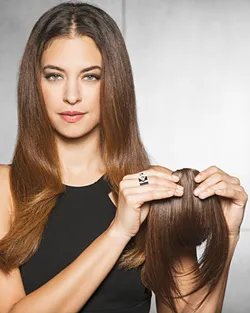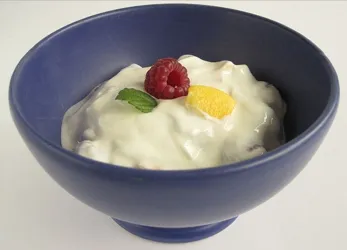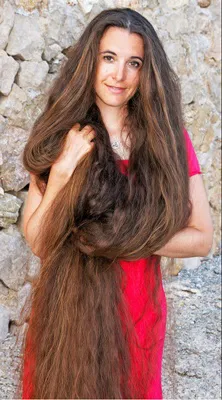
Horsetail Herbs And Benefits In Hair Vitamins
Introduction
Horsetail plays a key role in hair vitamins because it contains silica which is key for helping to repair damaged hair. It also helps to strengthen hair so that it's growth potential is maximized. Horsetail is an herbal remedy dating back to at least ancient Roman and Greek medicine. It was used traditionally to stop bleeding, heal ulcers and wounds as well as to treat tuberculosis and kidney problems. The botanical name for Horsetail is Equisetum arvense L.A. (E. arvense) which is derived from the Latin roots equus, meaning "horse," and seta, meaning "bristle." Note: Another species of horsetail, however, called Equisetum palustre (E. palustre) is poisonous to horses. To be safe, never take that form of horsetail. Horsetail is descended from huge, tree-like plants which thrived 400 million years ago during the Paleozoic era. A close relative of the fern, horsetail is a non-flowering weed found throughout parts of Europe, Asia, the Middle East, and North America. Horsetail Plant DescriptionHorsetail is also known as scouring rush, equisetum arvense, horse willow, paddock-pipes, toadpipe, shave grass, bottlebrush or pewter wort. Depending on where you acquire the horsetail it may or may not consist of the sterile, aerial parts harvested in the summer months between June and August.
The plant is a perennial grass which is dimorphic. It has a fertile stem in the spring which dies off and is replaced by a sterile stem in early summer. Horsetail returns every year. It has hollow stems and shoots which look like asparagus at first. The fertile stem is brownish in color, shorter and un-branched. The sterile stem is green with whorls of needle-like leaves and jointed stems. As the plant dries, silica crystals which form in the stems and branches look like feathery tails and give the plant a scratching effect. That accounts for its historic use in polishing metal, particularly pewter. The above ground parts of horsetail (fresh or dried) are used for medicinal purposes. HairTopia Herbal Plus which is part of the comprehensive Hairtopia Hair Growth total formula contains Horsetail Extract along with L-Cysteine. Horsetail Helps Repair Damaged HairHorsetail also contains silicon which is key for helping to repair damaged hair as well rendering it stronger. Due to its silica content it is also used for strengthening bone. Because of its content of silica, this plant is recommended when it is necessary for the body to repair bony tissues that have been traumatized or because of their own corporal decalcification.
Silica helps to fix calcium, so that the body can store more quantity of this mineral and it is able to form stronger bones or tendons. It's sometimes used in the treatment of osteoporosis and as a diuretic. It's also used in cosmetics. Horsetail, Silica And HairSilica is a trace mineral which is only second to oxygen as one of the most abundant elements available on the planet. It's not unheard of for the average person to be deficient in silica. Silica is one of the most important herbs for promoting hair growth, strength and vitality. It's also one of the most difficult trace mineral to get into your diet. Silica's importance explains why horsetail, which is rich in silica, is one of the most common ingredients in hair vitamins. If your hair is damaged, unhealthy or shedding, it may because you're body is deficient in silica. Ultimately hair reflects the overall health of your body, nutritional deficiencies often show up in the condition of your hair. DIY Horsetail RinseYou can create your own horsetail rinse from an herbal tea or you can buy dried horsetail at an herb store and steep it in hot boiling water. Depending upon the strength of the rinse start with 2-4 teaspoons of dried horsetail. Bring 8 ounces of water to a full rolling boil. Turn off the heat to stop the water from boiling. While the water is hot add the herbs. Let them steep 15-20 minutes. Strain the herbs and allow them to cool. Rinse through hair and leave on for 15-20 minutes. Rinse and style as usual. You can also strain and drink this tea warm 2-3 times per day with honey.
Horsetail May Help With Other Physical ChallengesHorsetail is sometimes suggested for the following conditions, although there is no evidence whether it works or not: •Kidney stones •Urinary tract infections •Brittle nails •Minor wounds and burns (applied topically -- you should never apply herbal supplements to open wounds). Available Forms: Horsetail is available in the following forms: •As a dried herb •Liquid preparations or tinctures Drinking horsetail tea is thought to help the hair, skin and nails the same way as applying topically as a salve. All types of horsetail preparations should be stored in well-sealed containers to ensure protection from light. Horsetail WarningsHorsetail remedies prepared from Equisetum arvense (E. arvense) are generally considered safe when not exceeding 6 grams of the herb taken internally per day. If products infused with horsetail are used externally in excessive amounts it may cause skin rashes or pimples on the scalp. Be sure to buy products made by an established company with a good reputation. When possible, select products with guaranteed potency or standardized extracts.
The use of herbs is a time-honored approach to strengthening the body and treating a wide range of diseases. Herbs, like prescription drugs may contain components which can trigger side effects and interact with other herbs, supplements, or medications. Prolonged use of even the safest form of horsetail (E. arvense) is also not advised. As a result, herbs should always be taken with caution, under the direct supervision of a qualified health care provider trained in the field of botanical medicine. Although generally considered safe, horsetail is known to contain traces of nicotine. As a result it's not recommended for young children. A 2 teaspoon tincture can be used (10 ml), 3 times per day. Horsetail is generally considered safe provided the Equisetum arvense species is used. Certain drugs may interact with horsetail as well. The crude form of the herb may destroy the B vitamin thiamine unless it is refined in a way to prevent this from happening. Horsetail DosagesHorsetail can be included as an ingredient in hair vitamins, hair care products, cosmetics or similar delivery systems. It can also be applied externally to stimulate hair growth on the roots.
Horsetail, when taken as a herbal infusion, tea or tincture can usually be taken up to 3 times daily. Standardized internal doses will vary depending on the type of delivery system. Possible InteractionsThe effects of horsetail may enhance the effects of certain medications. For this reason, people taking prescription meds should not take horsetail without first consulting a health care provider. Horsetail is not usually recommended for women who are pregnant or nursing unless otherwise recommended by a health care provider. People with heart or kidney disorders, diabetes, or gout should not normally use horsetail especially if medication is being taken. Alcohol - Chronic drinkers may have low levels of vitamin B1 (thiamin). Horsetail can also cause low levels of thiamin. If you drink heavily you should not take horsetail. If you take horsetail on a regular basis, you should also take a quality multivitamin or at least a B complex supplement daily.
Nicotine patches, gum or similar - Horsetail contains nicotine. Horsetail should not be used with nicotine replacement programs. Digoxin (Lanoxin) - Horsetail may cause low levels of potassium (hypokalemia) in the body. As a result, anyone with heart arrhythmias or taking digoxin shouldn't use horsetail. Diuretics (water pills) - Horsetail has natural diuretic properties. People who take diuretics should not take horsetail due to the risk of dehydration or development of low potassium (hypokalemia) levels. SummarySilica is a trace mineral which is only second to oxygen as one of the most abundant elements available on the planet. It's not unheard of for the average person to be deficient in silica. Always buy the highest quality of herbs and avoid excessive internal or external use.
Supporting ResearchBlumenthal M, Goldberg A, Brinckmann J, eds. Herbal Medicine: Expanded Commission E Monographs. Newton, MA: Integrative Medicine Communications; 2000:208-211. Bradley P, ed. British Herbal Compendium. Vol. I. Dorset (Great Britain): British Herbal Medicine Association; 1992: 92-94. Brinker F. Herb Contraindications and Drug Interactions. 2nd ed. Sandy, Ore: Eclectic Medical; 1998:85. Foster S, Tyler VE. Tyler's Honest Herbal. 4th ed. New York: The Haworth Herbal Press; 1999:219-220. Hampton, Aubrey, Natural Organic Hair And Skin Care - A To Z Guide To Natural And Synthetic Chemicals In Cosmetics. - Revised Date: 12/29/11 | ||||||||||||||||||||||||
| If you want to talk more about this or other hair care articles on HairBoutique.com or anywhere else, please post a message on HairBoutique.com's Hair Talk Forums.
|
Social Media Network Information
Please follow us on Twitter at: https://Twitter.com/HairBoutique. I look forward to meeting new people from all walks of Twitter and learning from their Tweets.


